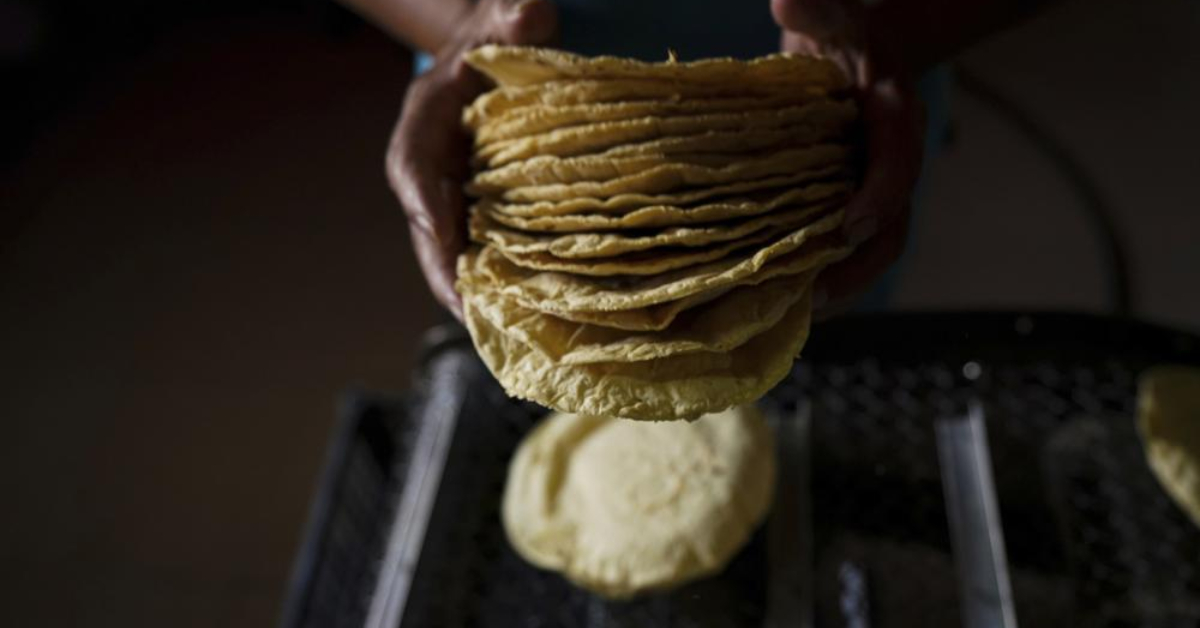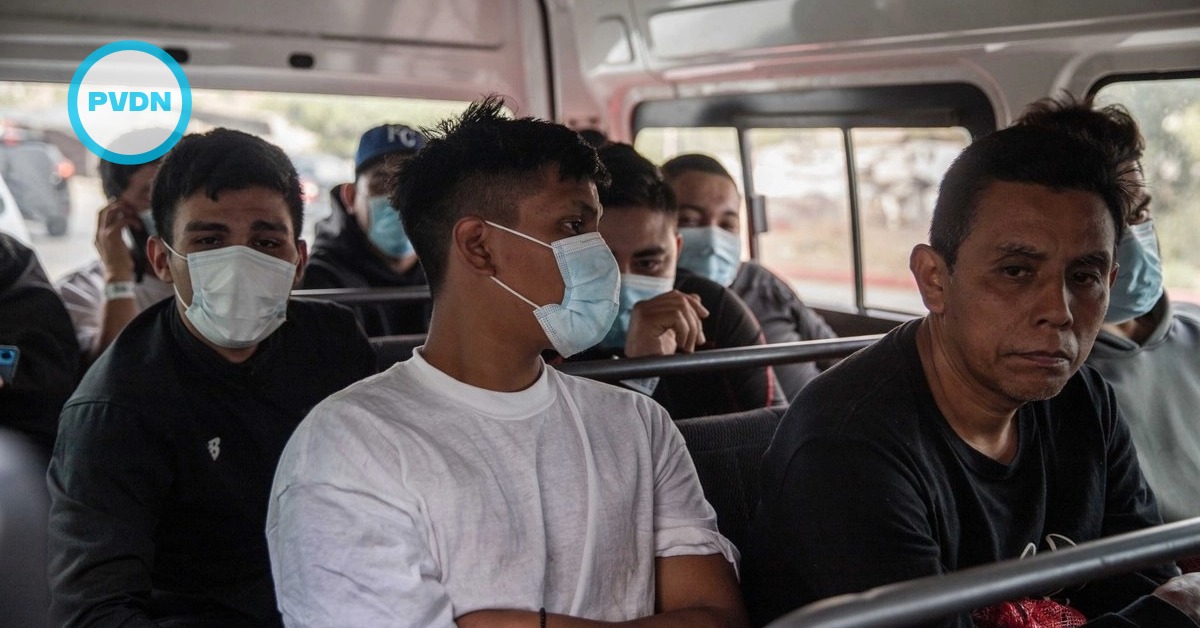No item is more essential to Mexican dinner tables than the corn tortilla. But the burst of inflation that is engulfing Latin America and the rest of the world means that people like Alicia García, a cleaner at a restaurant in Mexico City, have had to cut back.
Months ago, García, 67, would buy a stack of tortillas weighing several kilograms to take home to her family every day. Now, her salary doesn’t go so far, and she’s limiting herself to just one kilogram (2.2 pounds).
“Everything has gone up . . .






